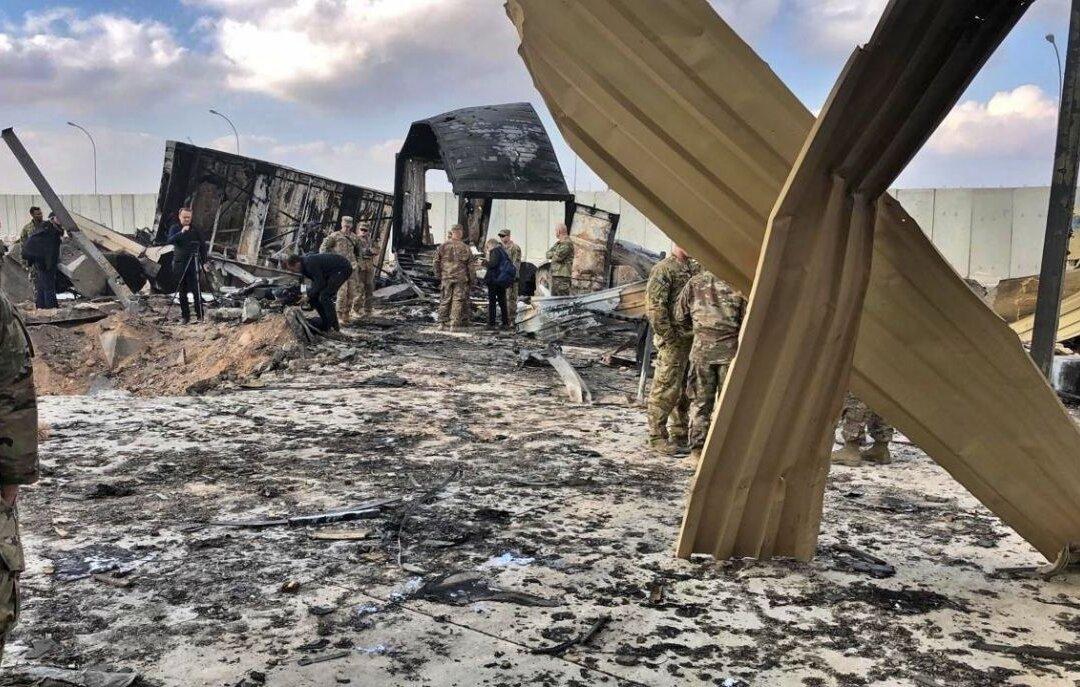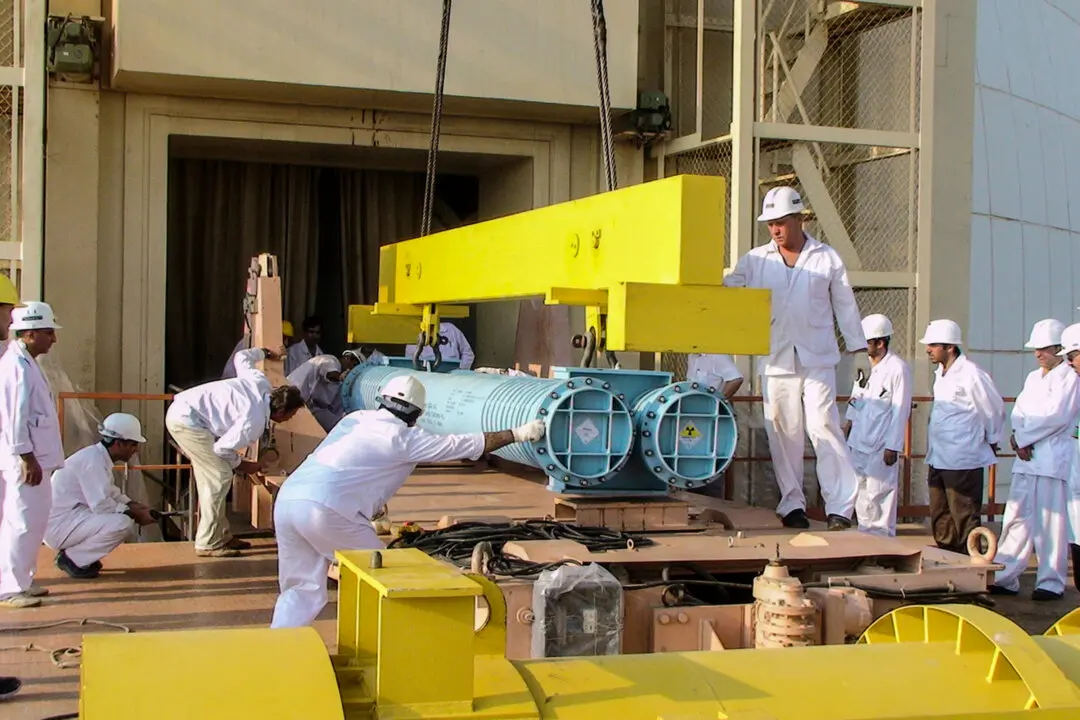The U.S. Department of Defense announced 109 U.S. service members suffered mild traumatic brain injuries when Iran fired a barrage of missiles at two airbases in Iraq last month.
The Pentagon said in a statement that 45 new cases had been confirmed since the agency issued its previous report about a week ago.





